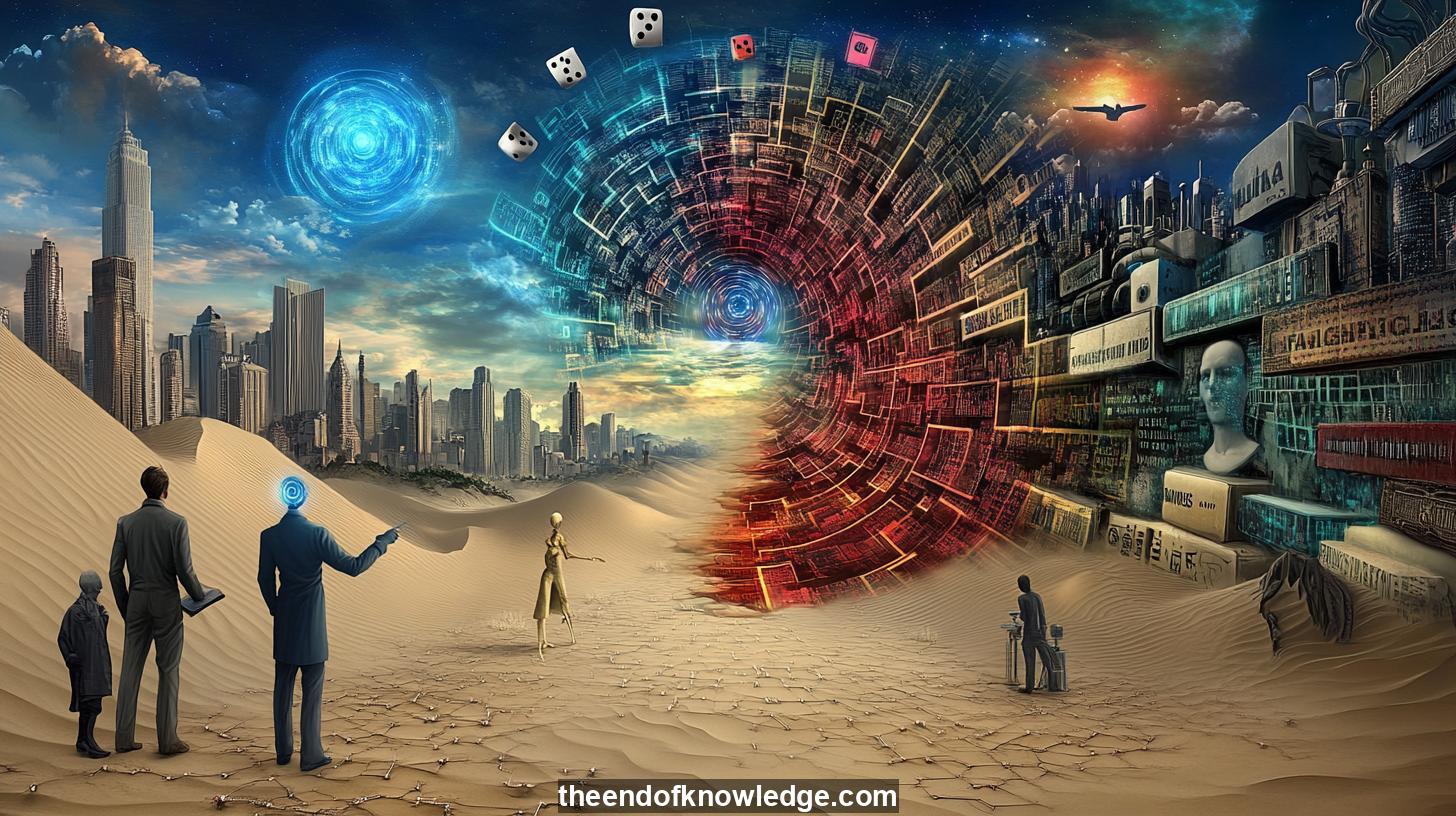 >
>
Concept Graph, Resume & KeyIdeas using DeepSeek R1 :
Resume:
The discussion revolves around the advancements in language models and their potential to hallucinate, which refers to generating content that isn't based on actual data but rather on patterns and assumptions. The conversation begins with an introduction to the topic, highlighting the importance of understanding hallucinations in models like GPT-4 and their implications. The speakers, including experts like David and Ruben, discuss how these models navigate latent space, which is a mathematical representation of information. They compare this to the human brain's ability to process information, suggesting that while models can mimic certain cognitive functions, they lack true understanding or consciousness.30 Key Ideas:
1.- Language models like GPT-4 can hallucinate, generating content not based on actual data.
2.- Hallucinations in models are compared to human intuition and creativity.
3.- Models navigate a "latent space," a mathematical information representation.
4.- Techniques like fine-tuning and reinforcement learning can reduce hallucinations.
5.- Ethical challenges arise from models' potential to spread misinformation.
6.- Human oversight is crucial to correct model inaccuracies.
7.- The future of AI may involve more personalized and integrated models in daily life.
8.- Interdisciplinary collaboration is needed to address AI challenges.
9.- Models lack true consciousness or understanding, mimicking cognition without awareness.
10.- The comparison between computational and biological intelligence highlights fundamental differences.
11.- Advanced models may revolutionize information management and accessibility.
12.- The integration of vision and language in models could enhance their capabilities.
13.- Visualizations of model training processes reveal complex optimization landscapes.
14.- Personalization of models to user preferences and values is a potential future direction.
15.- Hallucinations in models are an inherent challenge due to their probabilistic nature.
16.- The evolution of the internet offers insights into the potential future of AI integration.
17.- Models may become indispensable tools for navigating vast information landscapes.
18.- The ethical implications of AI require careful consideration and regulation.
19.- Collaboration between experts from various fields is essential for AI development.
20.- The future of AI holds both promise and challenges, necessitating balanced approaches.
21.- Understanding model hallucinations is crucial for improving their reliability.
22.- The role of human feedback in training models is vital for accuracy.
23.- Visual tools can aid in understanding complex model behaviors.
24.- Personalized AI could transform how individuals interact with technology.
25.- The ethical and societal impacts of advanced AI must be proactively managed.
26.- Models' ability to mimic human-like responses raises questions about authenticity.
27.- The potential for models to enhance creativity and problem-solving is significant.
28.- Addressing hallucinations requires a combination of technical and ethical strategies.
29.- The future of AI will likely involve more sophisticated human-machine collaboration.
30.- Continuous research and development are needed to refine AI capabilities responsibly.
Interviews by Plácido Doménech Espí & Guests - Knowledge Vault built byDavid Vivancos 2025